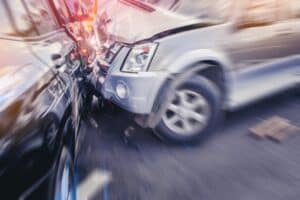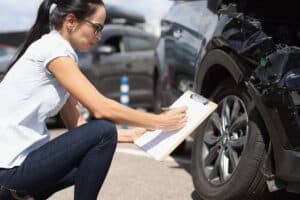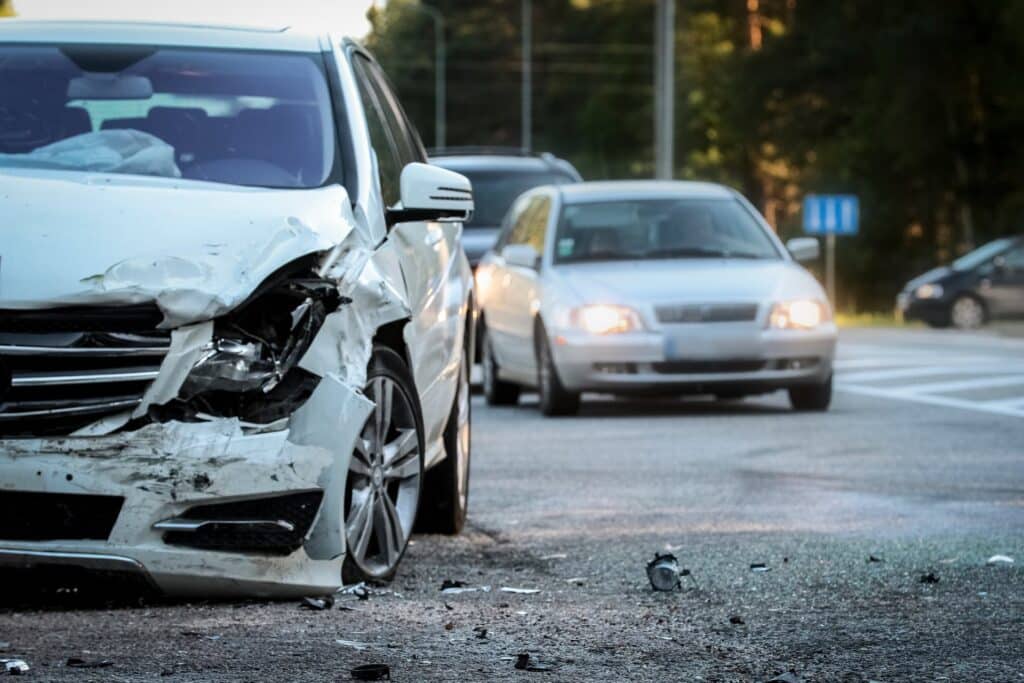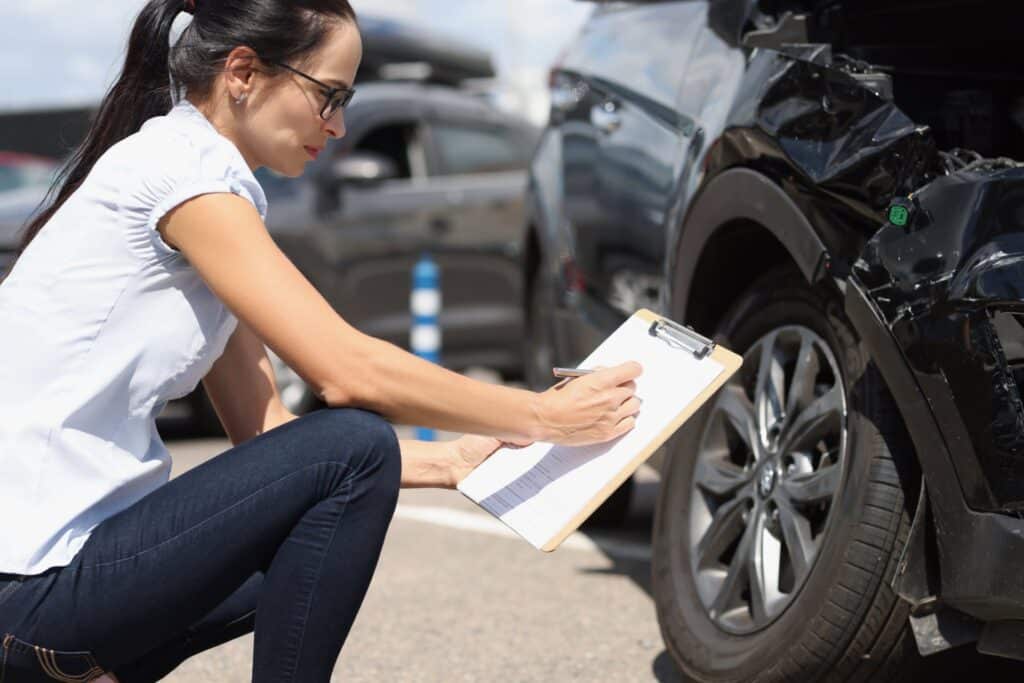In a no-fault insurance state, two drivers who get into a car accident with one another each file a claim with their own insurance companies regardless of who is at fault. No-fault is only one of the forms of liability laws that a state can put in place to handle accidents. The other (much more common) version is called “at-fault” or “tort” liability. The difference between the two is simple. In a no-fault state, each driver submits a claim regardless of who is at fault. And in an at-fault state, one or both drivers can be blamed for causing the accident. No-fault states may also limit a victim’s ability to sue for additional damages unless the medical bills reach a particular threshold.
Is Washington a No-Fault State?
No. Washington is an at-fault or tort state, meaning it operates under the comparative liability principle of accident law. Most states operate in this way, with only 12 currently remaining with the no-fault statute. In Washington, one party can be blamed entirely for causing an accident, or both parties can share some percentage of the responsibility. These distinctions are made because the party found to be the most at fault will be the one responsible for paying for the damages.
Comparative Liability
Terms like “tort,” “at-fault,” and “comparative liability” can become a bit confusing, but they are all referring to essentially the same thing. In Washington State, drivers involved in an accident are assigned some or all of the blame in order for the courts to declare who pays for damages. Damages may include personal injuries, loss of property, lost wages due to recovery time, and even damage to public property. The courts decide who the liable party is and then that person’s insurance company usually pays the damages.
How It Works
With comparative liability, it is possible for both parties to accept some portion of the blame for an accident. The court begins by assuming that every driver has accepted an unspoken agreement with the state where the state licenses individuals to drive, and the individuals drive soberly, undistracted, and with regard to the safety of others. Therefore, a driver can accept blame for an accident if it can be proven that they were impaired, distracted, or willfully ignored the safety of others. If both parties were somewhat responsible in this way, then both could accept a percentage of the liability.
Let’s use an example. Let’s say Driver A is driving down a residential road in Washington, and they suddenly spot a squirrel in their path. Perhaps they didn’t notice the squirrel immediately because they were changing the radio station. Driver A slams on their brakes and stops abruptly while Driver B speeds towards them while texting. What results is a nasty rear-end collision that leaves both cars totaled. So who is to blame?
The first thing to consider is that it is not entirely either driver’s fault. If Driver A weren’t distracted by the radio, they might have seen the squirrel earlier and slowed down less abruptly. If Driver B hadn’t been texting and speeding, they would have had more time to react to a vehicle ahead of them suddenly stopping. In a case like this, chances are good that Driver B will take the majority of the blame for the accident. After all, their actions were more indicative of a willful disregard for the safety of others. So let’s say Driver B is assigned 75% of the liability for the accident. That would leave the remaining 25% to be pinned on Driver A. The way this translates to actual money is that out of the total price of the damages, the drivers will split the costs 75-25.
Additional Insurance
This is why liability insurance is mandatory for all Washington drivers. In the case of an accident, both parties may be somewhat responsible. Additional insurance is available (and highly recommended) from your insurance company. There is an abnormally high percentage of Washington drivers that choose to drive illegally without liability insurance, as compared to other states. Uninsured driver’s insurance can protect you if the other driver is unable to pay or if they flee the scene of an accident. Personal Injury Protection (PIP) can cover your damages, medical costs, and lost wages if the accident is particularly bad or the other driver’s liability insurance cannot cover all the costs involved. PIP can also protect you as a pedestrian if you are hit by a distracted or reckless driver.
At NBF Accident Law, we work tirelessly to help our clients achieve the best possible outcome after an automotive accident. We fight with courage and integrity to ensure all your needs are met. Call today at (206) 923-8888.








